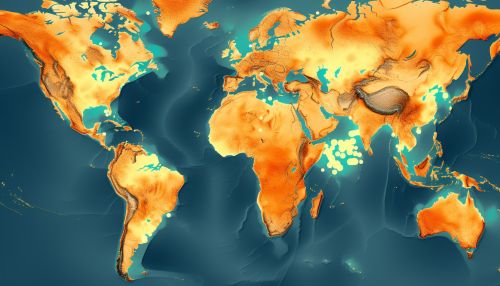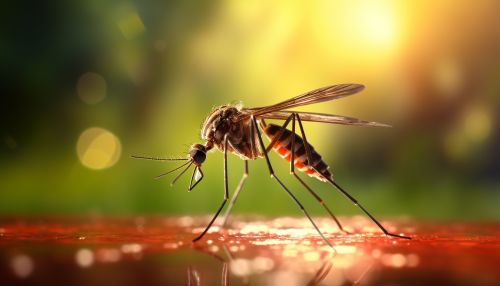The Role of Geostatistics in Predicting Disease Spread
Introduction
Geostatistics is a branch of statistics that deals with geographical or spatial data. It involves the collection, analysis, and interpretation of data that are associated with geographic locations. In the context of disease spread, geostatistics plays a crucial role in predicting and managing the spread of diseases, especially infectious diseases. This article delves into the role of geostatistics in predicting disease spread, providing a comprehensive and detailed analysis of the topic.
Geostatistics: An Overview
Geostatistics originated from the mining and petroleum industries, where it was used to estimate reserves and production potential. However, its application has since expanded to various fields, including environmental science, agriculture, and public health. In geostatistics, spatial data are analyzed using statistical methods that consider the spatial correlation and the spatial distribution of the data. This is done through techniques such as spatial analysis, kriging, and spatial autocorrelation.


Geostatistics in Public Health
In public health, geostatistics is used to understand the spatial distribution of health outcomes, identify disease clusters, and predict the spread of diseases. It is particularly useful in epidemiology, where it aids in the design of disease surveillance systems, the identification of risk factors, and the development of disease prevention and control strategies.


Predicting Disease Spread
The prediction of disease spread is a critical aspect of public health, particularly in the management of infectious diseases. Geostatistics provides a robust framework for predicting disease spread by taking into account the spatial distribution of disease cases, the geographical characteristics of the area, and the movement patterns of the population.
Spatial Distribution of Disease Cases
The spatial distribution of disease cases is a key factor in predicting disease spread. Geostatistics allows for the analysis of this distribution, identifying areas of high disease prevalence and predicting the potential spread to other areas. This is done using techniques such as point pattern analysis and spatial interpolation.


Geographical Characteristics
The geographical characteristics of an area, such as its climate, terrain, and vegetation, can influence the spread of diseases. Geostatistics takes these factors into account, using them to predict the likelihood of disease spread. For instance, in the case of vector-borne diseases, the presence of certain types of vegetation or bodies of water can influence the presence and abundance of the vector, affecting the spread of the disease.


Movement Patterns
The movement patterns of the population can also influence the spread of diseases. Geostatistics can analyze these patterns, taking into account factors such as migration, commuting, and travel. This can help predict the spread of diseases to new areas, as well as the potential for outbreaks in areas with high population movement.


Applications of Geostatistics in Predicting Disease Spread
Geostatistics has been used in various ways to predict the spread of diseases. Some of these applications include the prediction of the spread of infectious diseases such as influenza, the prediction of the spread of vector-borne diseases such as malaria, and the prediction of the spread of chronic diseases such as cancer.
Infectious Diseases
In the case of infectious diseases, geostatistics can be used to predict the spread of the disease based on the current distribution of cases, the geographical characteristics of the area, and the movement patterns of the population. This can aid in the development of strategies for disease prevention and control.


Vector-Borne Diseases
For vector-borne diseases, geostatistics can be used to predict the spread of the disease based on the presence and abundance of the vector, the geographical characteristics of the area, and the movement patterns of the population. This can help in the design of vector control strategies and the prediction of potential outbreaks.


Chronic Diseases
In the case of chronic diseases, geostatistics can be used to predict the spatial distribution of the disease based on risk factors, the geographical characteristics of the area, and the movement patterns of the population. This can aid in the identification of areas of high disease prevalence and the development of strategies for disease prevention and control.


Conclusion
Geostatistics plays a vital role in predicting disease spread. By analyzing the spatial distribution of disease cases, the geographical characteristics of the area, and the movement patterns of the population, it provides a robust framework for predicting disease spread. This can aid in the design of disease surveillance systems, the identification of risk factors, and the development of disease prevention and control strategies.
